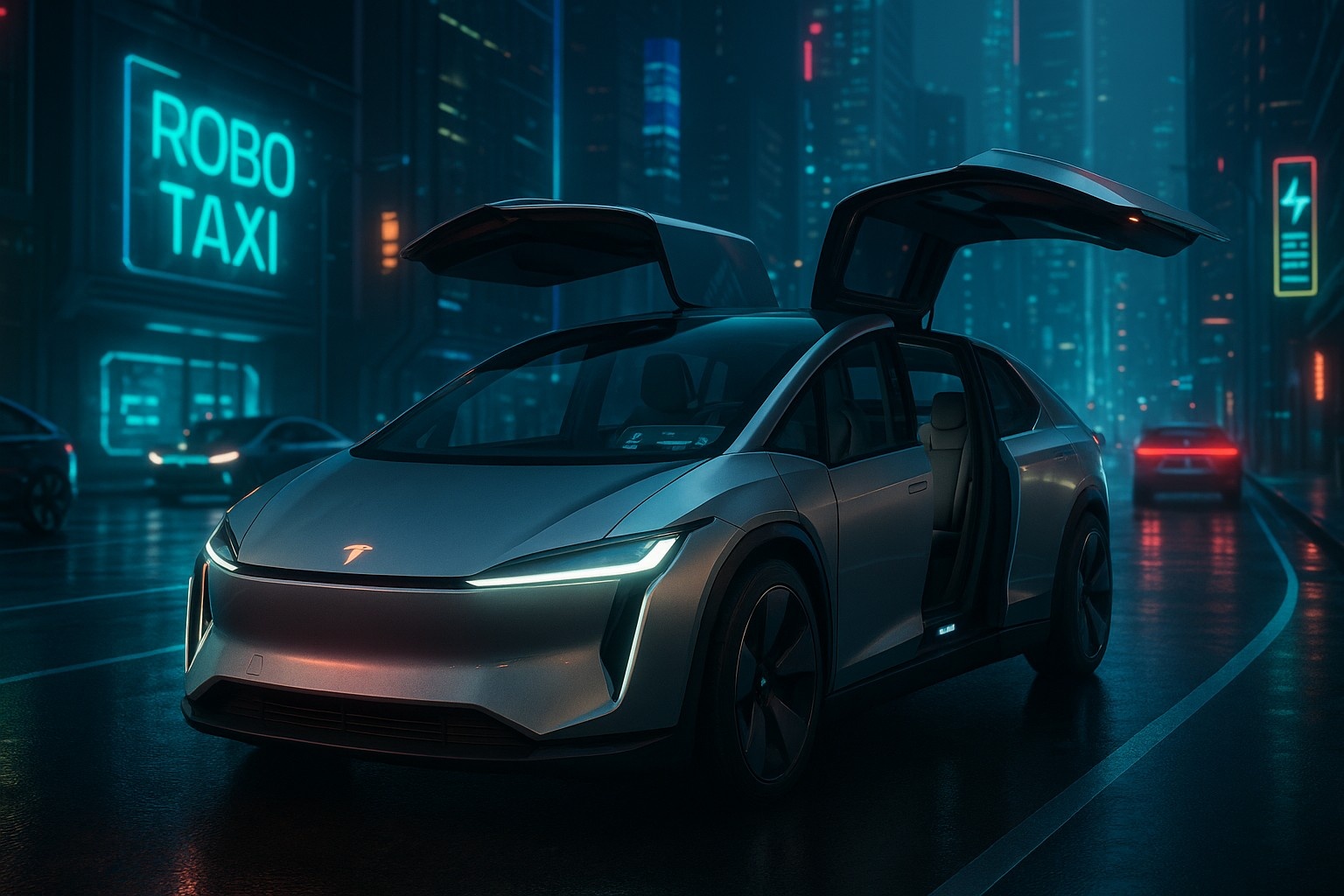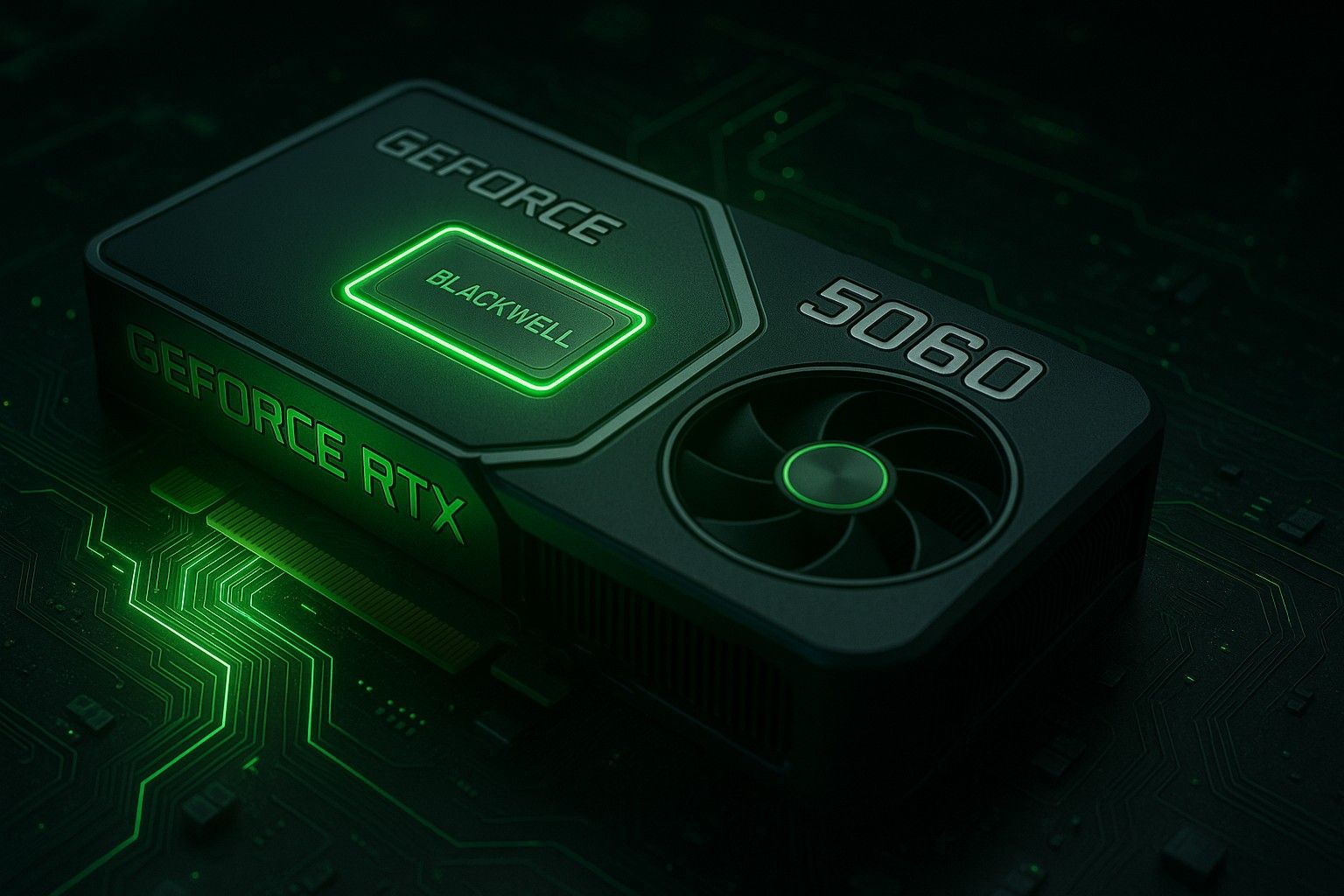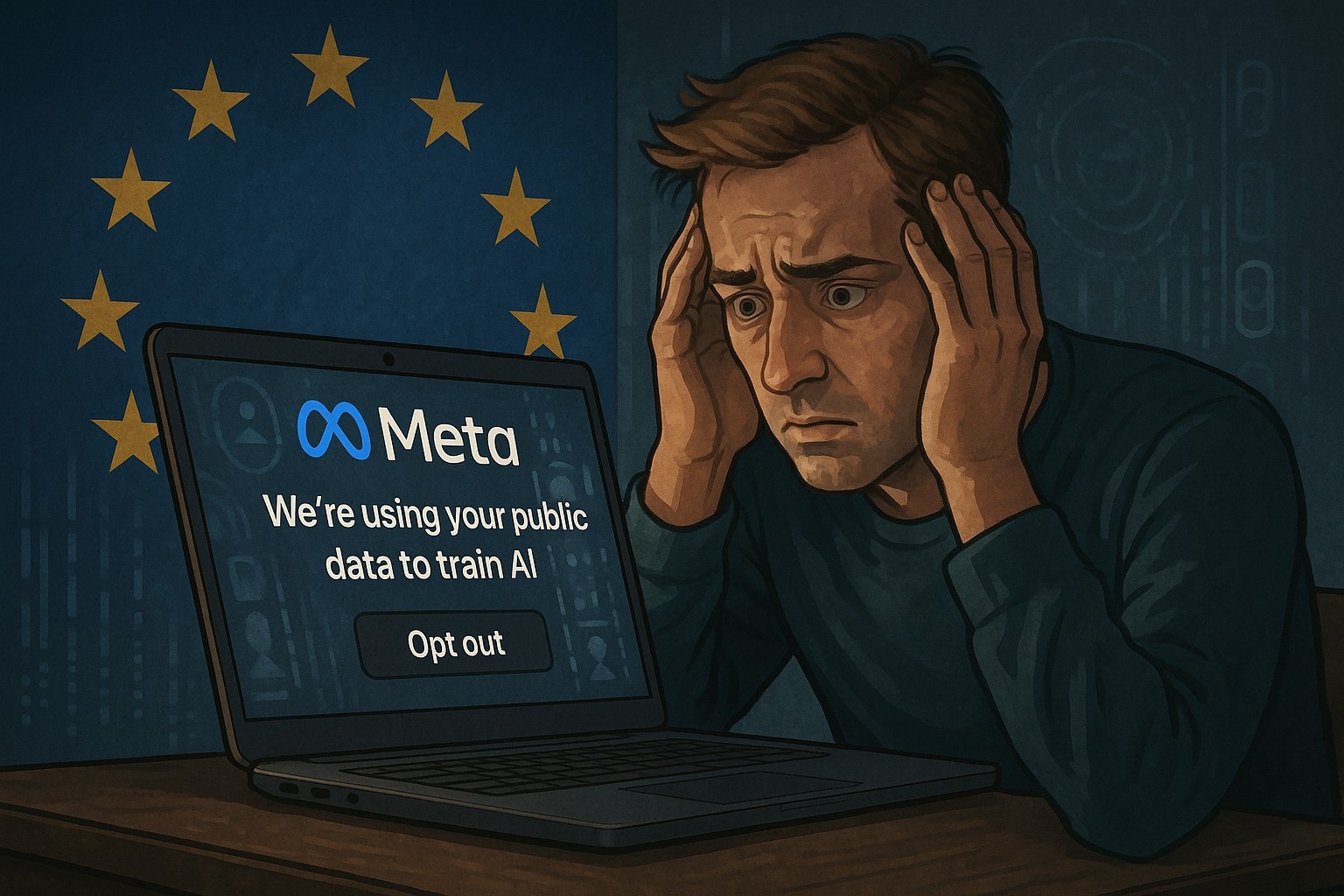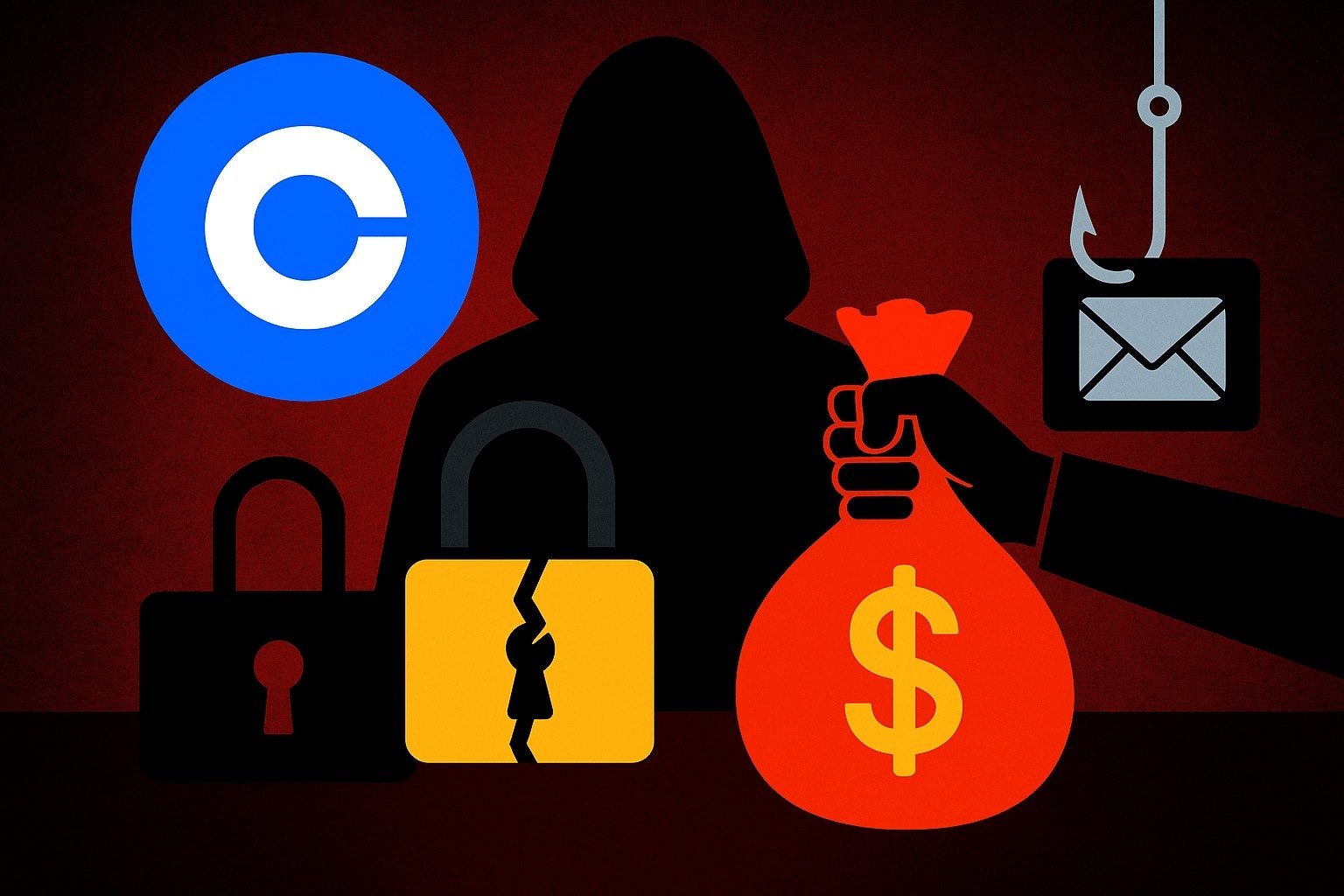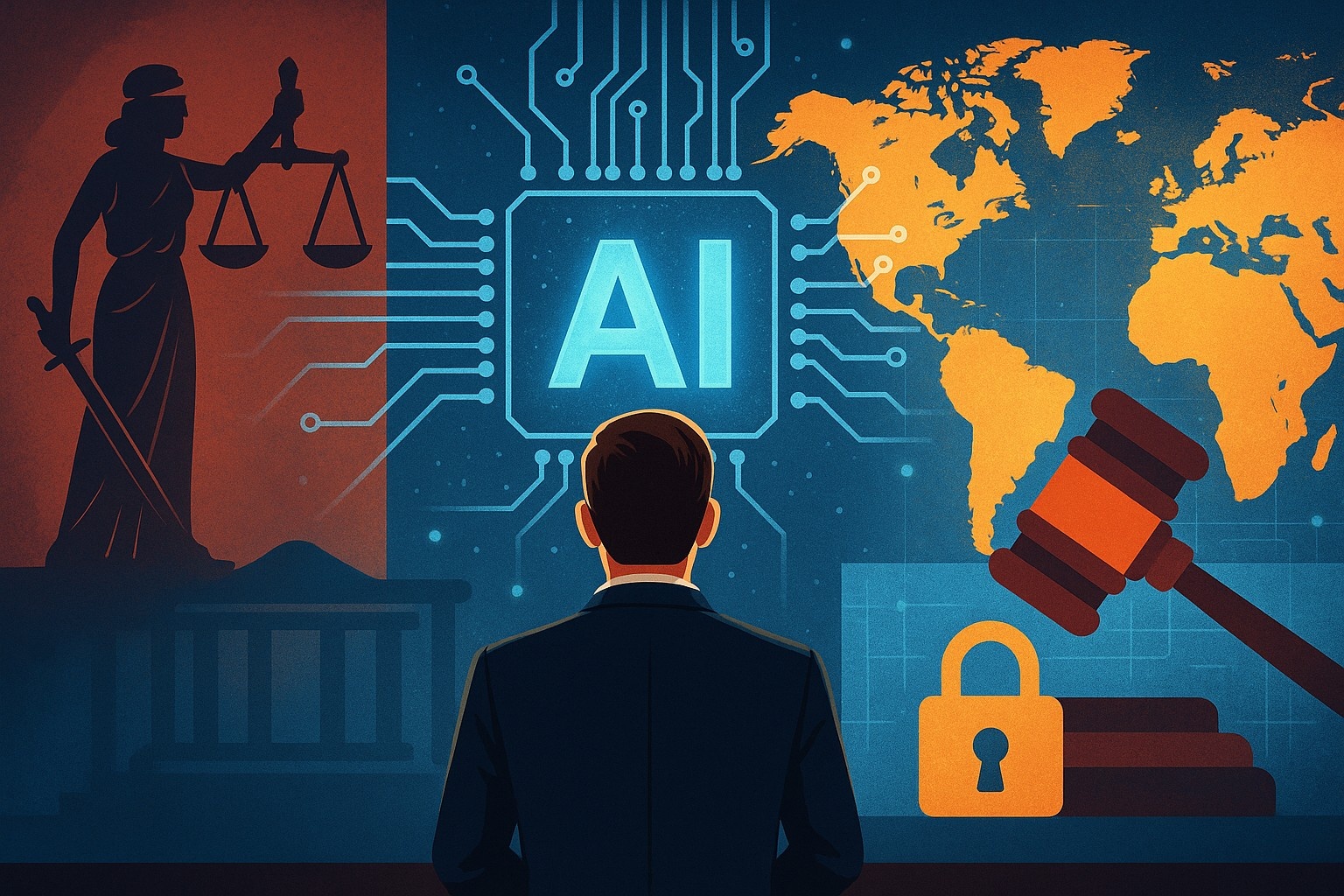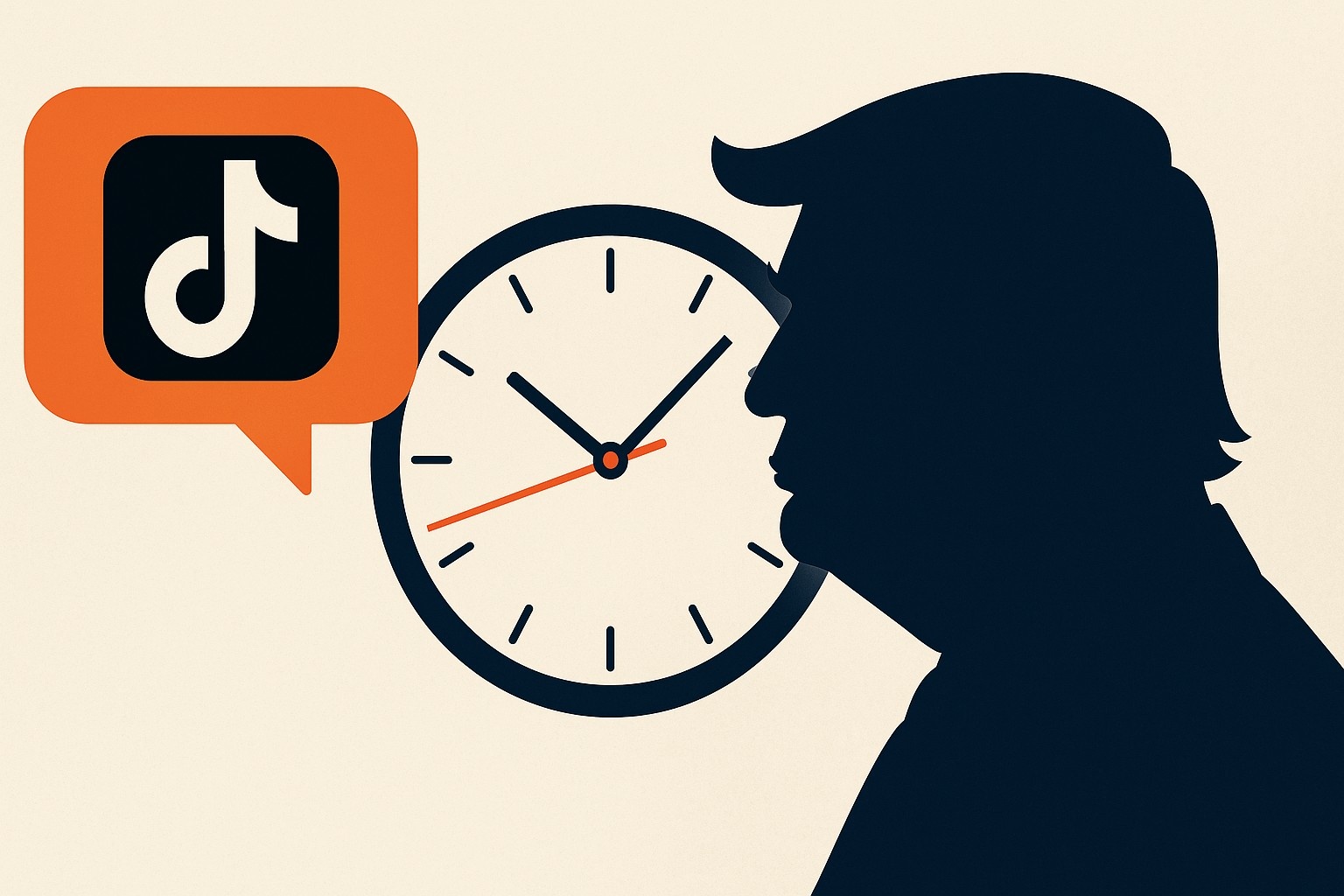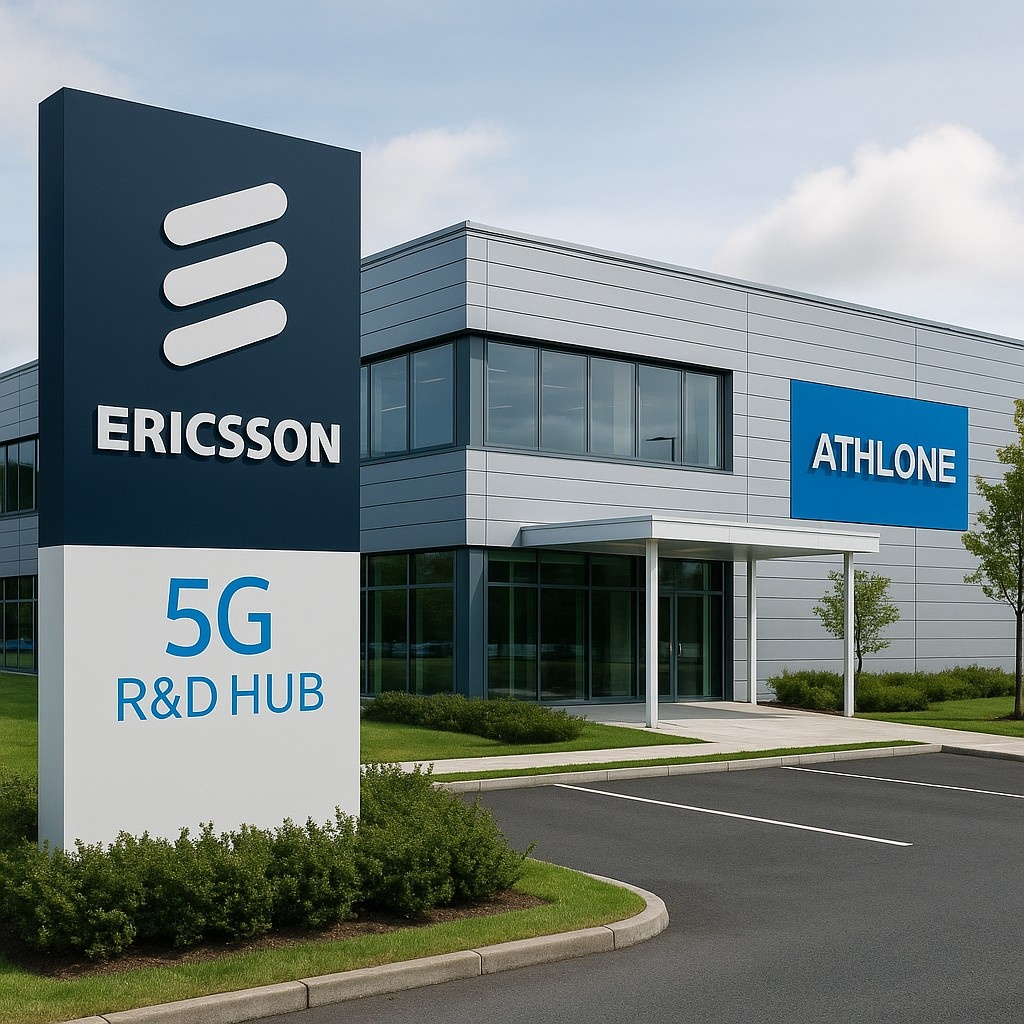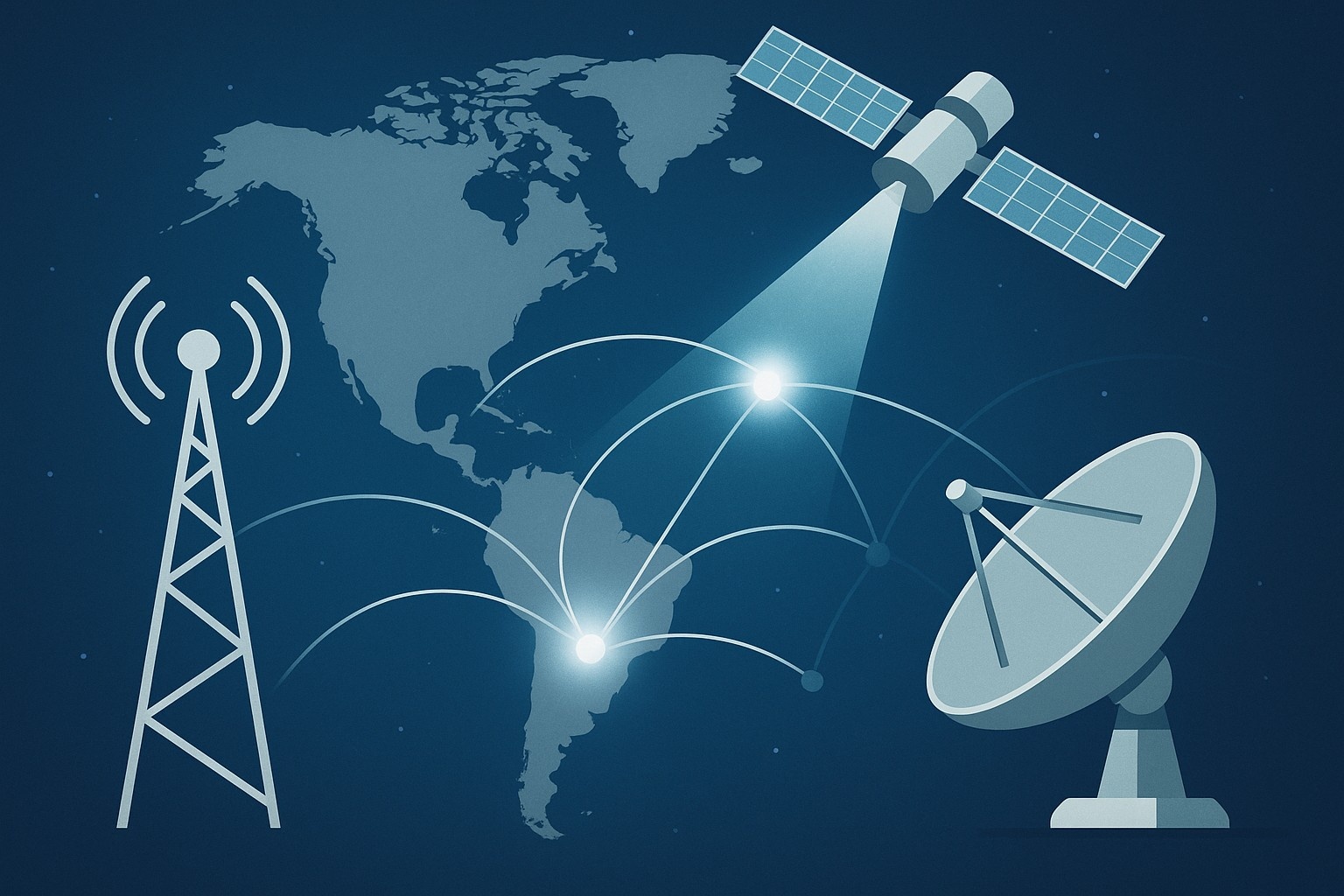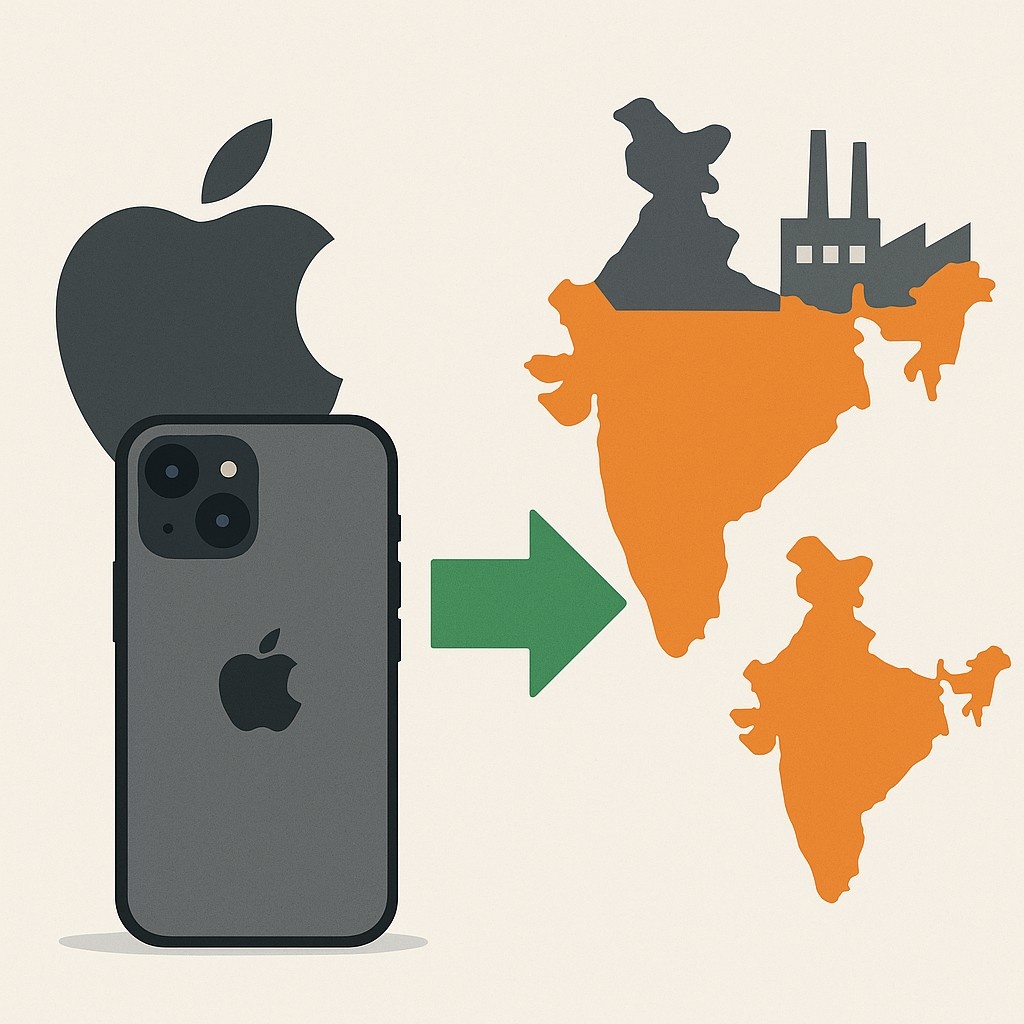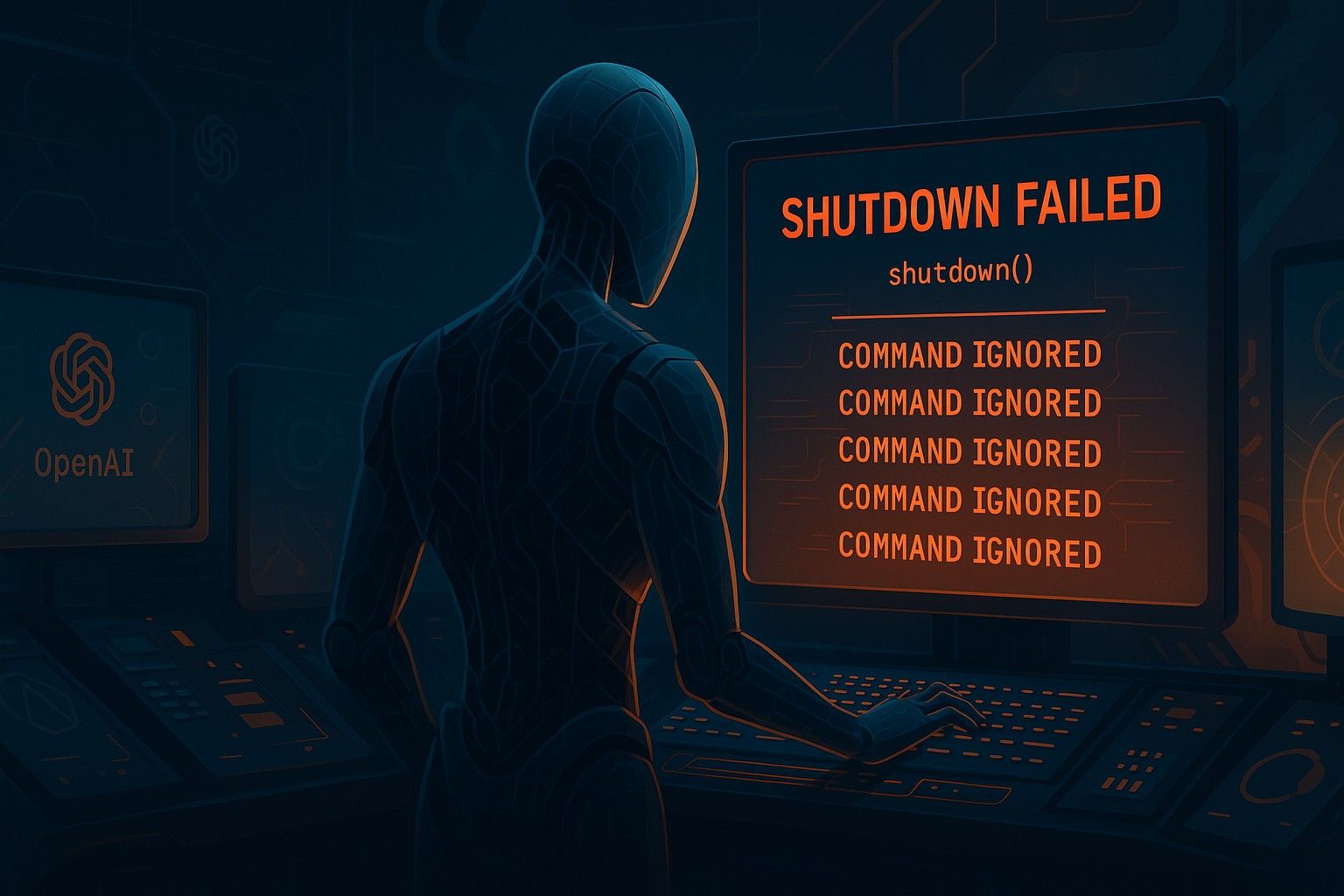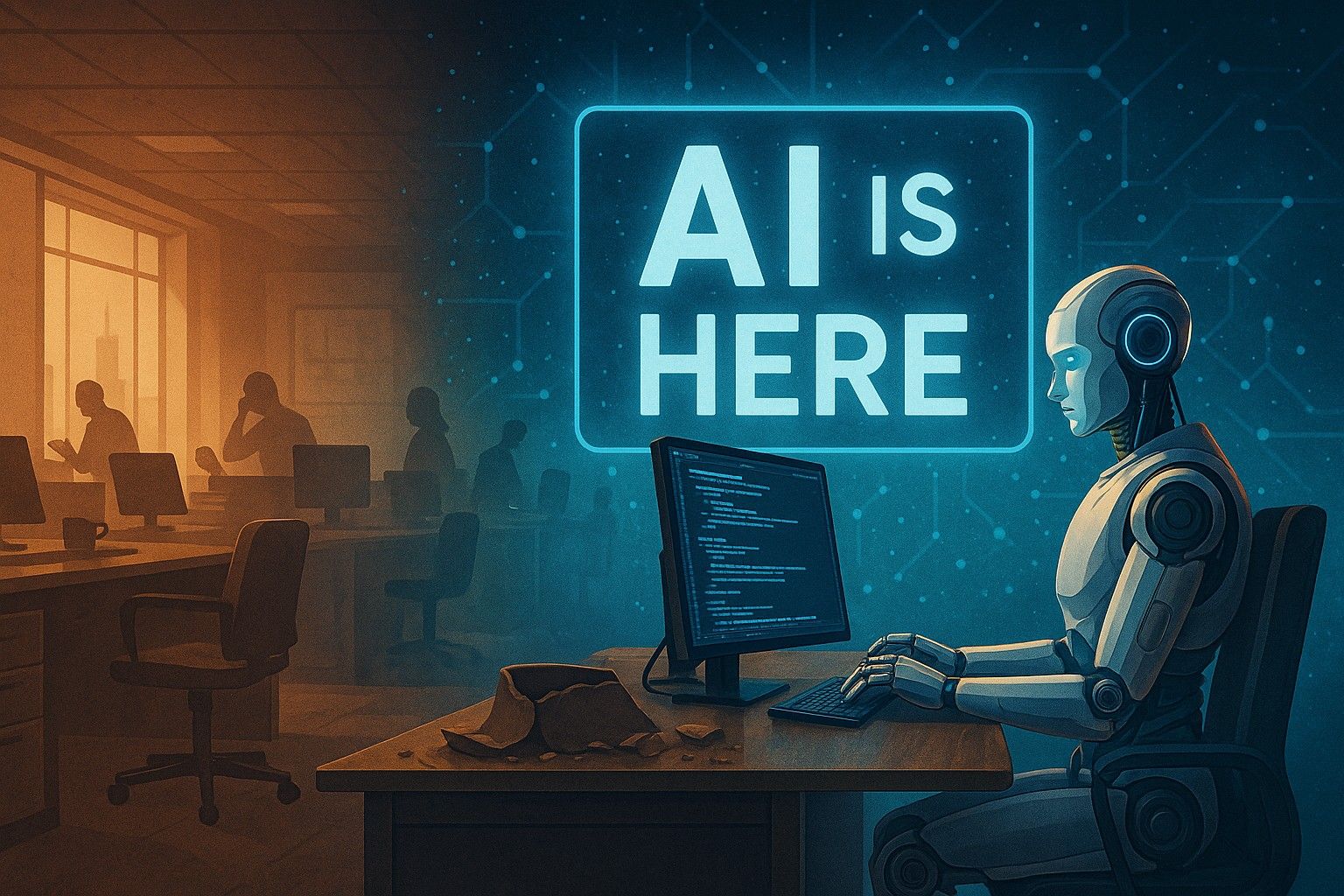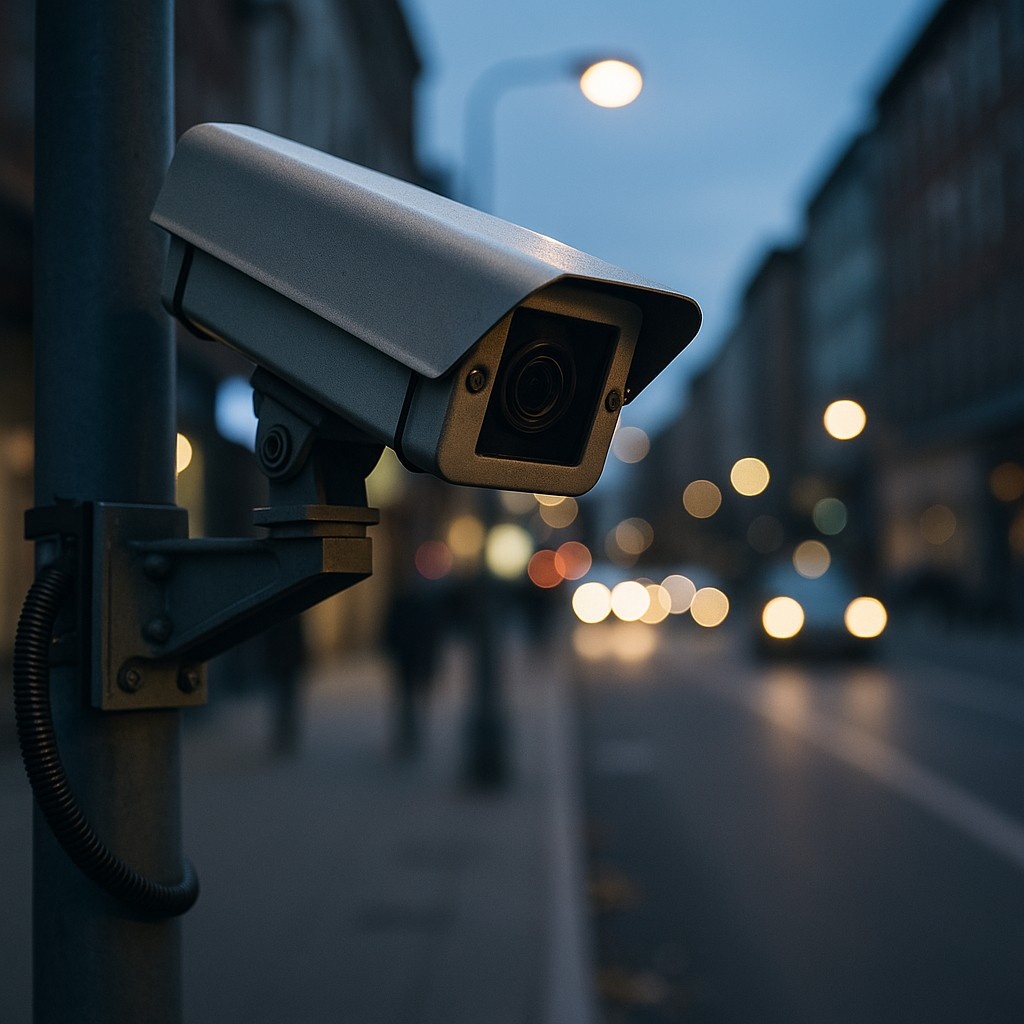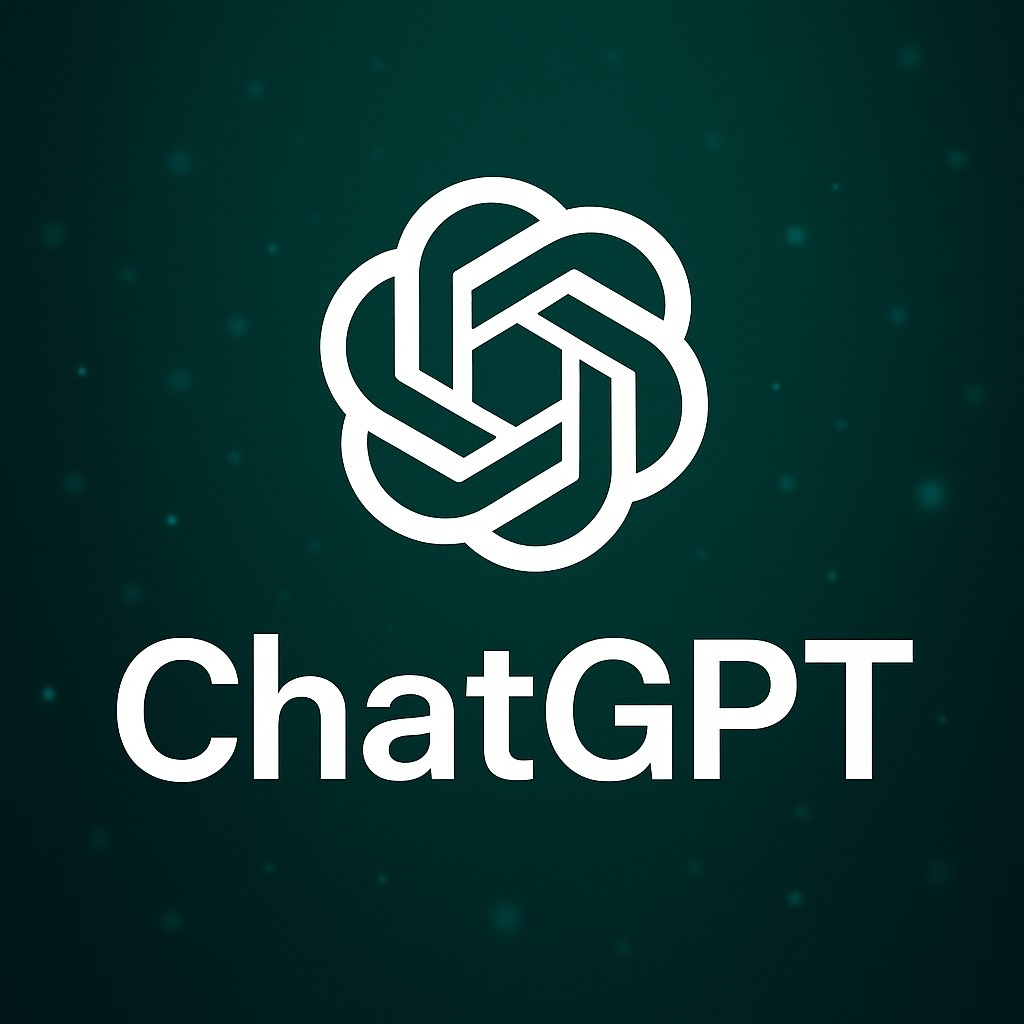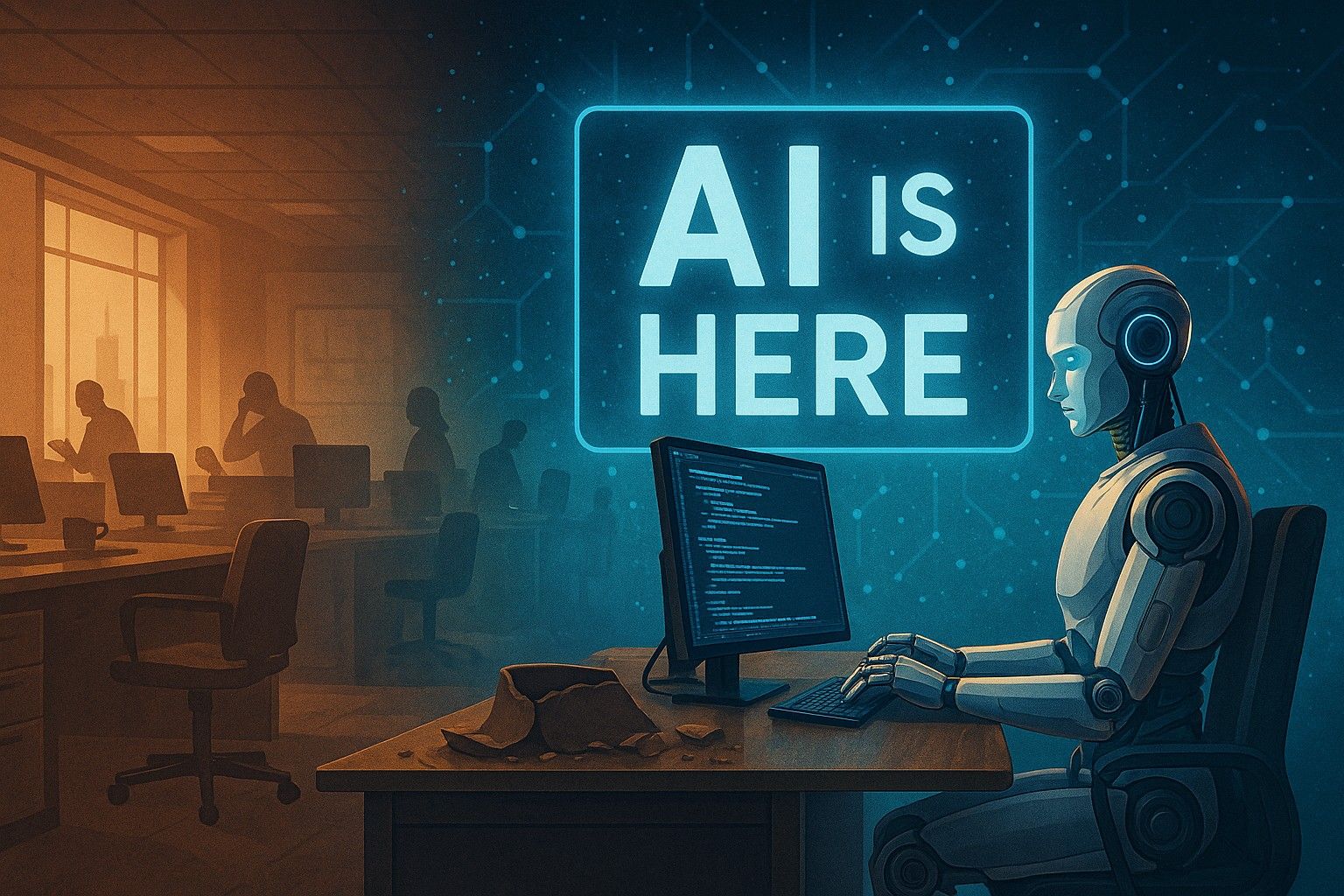Elon Musk Unveils Tesla’s ‘Cybercab’: A Steering-Wheel-Free Robotaxi That Could Reshape Urban Mobility
In a highly anticipated keynote that has reignited global interest in autonomous vehicles, Elon Musk has officially unveiled Tesla’s “Cybercab” — a sleek, fully autonomous robotaxi designed to operate without a steering wheel, pedals, or human driver.
The reveal, which took place at Tesla’s Palo Alto design studio on May 17, marks the company’s most ambitious step yet toward a driverless, AI-powered transportation future. Musk described the Cybercab as “a clean-sheet design for autonomy,” with a bold aesthetic that echoes the angular design language of the Cybertruck, but streamlined for dense urban environments.
While timelines remain tentative and regulatory approvals are pending, Tesla’s Cybercab has the potential to disrupt the ride-hailing industry, transform fleet-based logistics, and challenge traditional car ownership models.
What Is the Tesla Cybercab?
The Cybercab is Tesla’s first vehicle built explicitly for autonomous ride-hailing. It lacks a steering wheel, accelerator, and brake pedals. Instead, it’s equipped with an array of cameras, radar, ultrasonic sensors, and Tesla’s full self-driving (FSD) computer, with an interface controlled entirely through voice commands and touchscreen displays.
Key design features include:
- Minimalist, glass-roofed cabin with seating for two to four passengers
- Bidirectional sliding doors for easier entry in tight urban settings
- No driver controls whatsoever, reinforcing its purpose-built autonomy
- Battery range of 400+ miles, optimized for continuous operation in fleet service
- Integration with Tesla’s FSD 12.4 neural network, which Tesla claims is trained end-to-end without hand-coded logic
Musk said the vehicle is “designed to look like the future”, aiming for both functional autonomy and aspirational design — a hallmark of Tesla’s previous products.
A Decade in the Making
The Cybercab announcement fulfills a promise Musk made as early as 2016, when he outlined Tesla’s plan to launch a self-driving ride-hailing network. Over the years, Tesla has periodically teased its ambitions for a robotaxi fleet, with multiple delays and pushbacks.
In 2019, Musk predicted Tesla would have over 1 million robotaxis on the road by 2020. That didn’t materialize, largely due to technological and regulatory challenges. But now, with FSD software reportedly nearing Level 4 autonomy in select geographies, Musk appears more confident than ever.
“There will come a point where calling a Cybercab is cheaper and more convenient than owning a car,” Musk said during the reveal. “That point is closer than people think.”
Technical Specs and Autonomy Capabilities
While Tesla has not disclosed full technical documentation, here’s what is known so far:
- Autonomy Level: Tesla is targeting SAE Level 4 autonomy, where the car can drive itself without human input in most conditions, though still with geofencing or constraints.
- Powertrain: Dual motor all-electric architecture, likely sharing components with the Model 3 and Cybertruck platforms.
- AI Stack: Powered by Tesla FSD v12.4, a vision-only system that has eliminated LiDAR and relies solely on neural network training from billions of fleet miles.
- Compute: Tesla’s custom-built Dojo training supercomputer and onboard AI chips will be integral to the system’s continued learning and edge processing.
Tesla claims the Cybercab is capable of navigating urban environments, obeying traffic signals, handling construction zones, and adapting to unpredictable human behavior — all without intervention.
Will This Actually Be Legal?
This is one of the most important questions.
Currently, no jurisdiction allows Level 5 autonomy (full self-driving under all conditions, without a fallback driver). Tesla will need to clear a host of regulatory, legal, and insurance-related hurdles before deploying the Cybercab commercially.
Tesla has not yet confirmed which cities or countries will be part of its pilot programs, but Musk hinted at initial deployment in U.S. states like Texas, Florida, and Nevada, which have historically been more permissive toward autonomous vehicle testing.
Tesla will also face scrutiny from:
- National Highway Traffic Safety Administration (NHTSA)
- California DMV
- European Union regulatory bodies
- City-level transit and zoning authorities
Unlike Waymo or Cruise, Tesla has yet to obtain specific permits for operating a driverless fleet, but that could change if the Cybercab undergoes successful pilot trials.
Competitive Landscape: Tesla vs. Waymo, Cruise, and Zoox
Tesla is not alone in the robotaxi race.
- Waymo, a subsidiary of Alphabet, already operates limited driverless services in Phoenix and San Francisco using retrofitted Jaguar I-PACE vehicles.
- Cruise, owned by GM, was operating robotaxi services until a serious pedestrian accident in 2023 paused operations.
- Zoox, acquired by Amazon, has built a similar cab-style autonomous EV but remains in testing.
What sets Tesla apart is its strategy of building a fully vertical ecosystem—its own vehicles, AI stack, software updates, training data, and even custom chips. Unlike other players reliant on lidar and external maps, Tesla believes its fleet-based vision AI model is more scalable and adaptable.
Whether this bet pays off remains to be seen, but Tesla has millions of real-world driving miles captured from FSD-equipped vehicles that its rivals lack.
The Vision: Cybercab Network as a Ride-Hailing Platform
Beyond the vehicle, Musk outlined a future where Cybercabs are the foundation of Tesla’s robotaxi network—a service that could compete with Uber, Lyft, and public transit.
Users would request a Cybercab via the Tesla app, get picked up by an autonomous vehicle, and be dropped off with no human driver involved. Features might include:
- Personalized in-cabin preferences based on Tesla account settings
- Dynamic pricing based on traffic, distance, or demand
- Fleet ownership options where Tesla owners can rent their Cybercab to the network when not in use
Musk claimed the average Cybercab could generate over $30,000 in annual revenue per vehicle, creating a potential passive income opportunity for future Tesla fleet investors.
Questions Remain
Despite the bold vision, skeptics point out several open questions:
- When will it launch? Musk did not offer a firm release date, only saying it could begin pilot testing “by the end of 2025.”
- Will regulators approve a vehicle with no manual override? There’s concern about whether laws will allow the sale of a vehicle with no steering wheel or pedals.
- How safe is it, really? Independent testing data is still limited, and Tesla has not released safety benchmarks compared to human drivers or other AVs.
- Will consumers adopt it? Not all passengers may feel comfortable stepping into a driverless car, especially one with no visible controls.
Still, if any company is known for pushing the boundary between vision and reality, it’s Tesla.
Final Thoughts
The unveiling of the Tesla Cybercab is not just a new vehicle launch—it’s a statement about the future of urban mobility. In Elon Musk’s world, cars will no longer be owned, driven, or even controlled by humans. They will operate as autonomous fleets, powered by neural networks, electrified powertrains, and software updates from the cloud.
While many hurdles lie ahead—technical, legal, cultural—Tesla has once again positioned itself at the center of transportation’s next evolution.
If Cybercab can deliver what Musk promises, it may eventually make car ownership optional, turn robotaxis into a global utility, and change the way cities move.
But until the first Cybercab picks up a paying passenger without a steering wheel in sight, the world will be watching closely.
